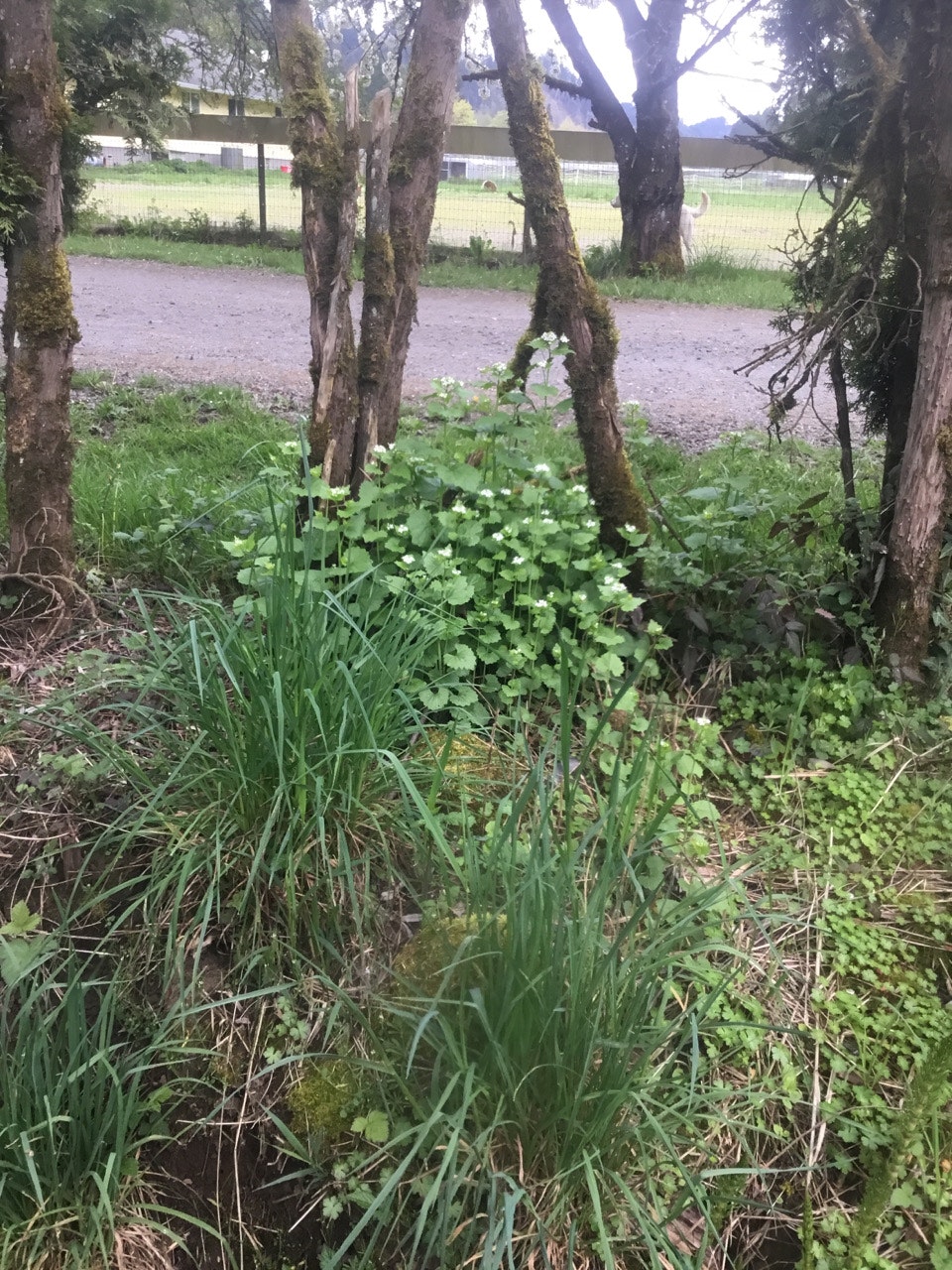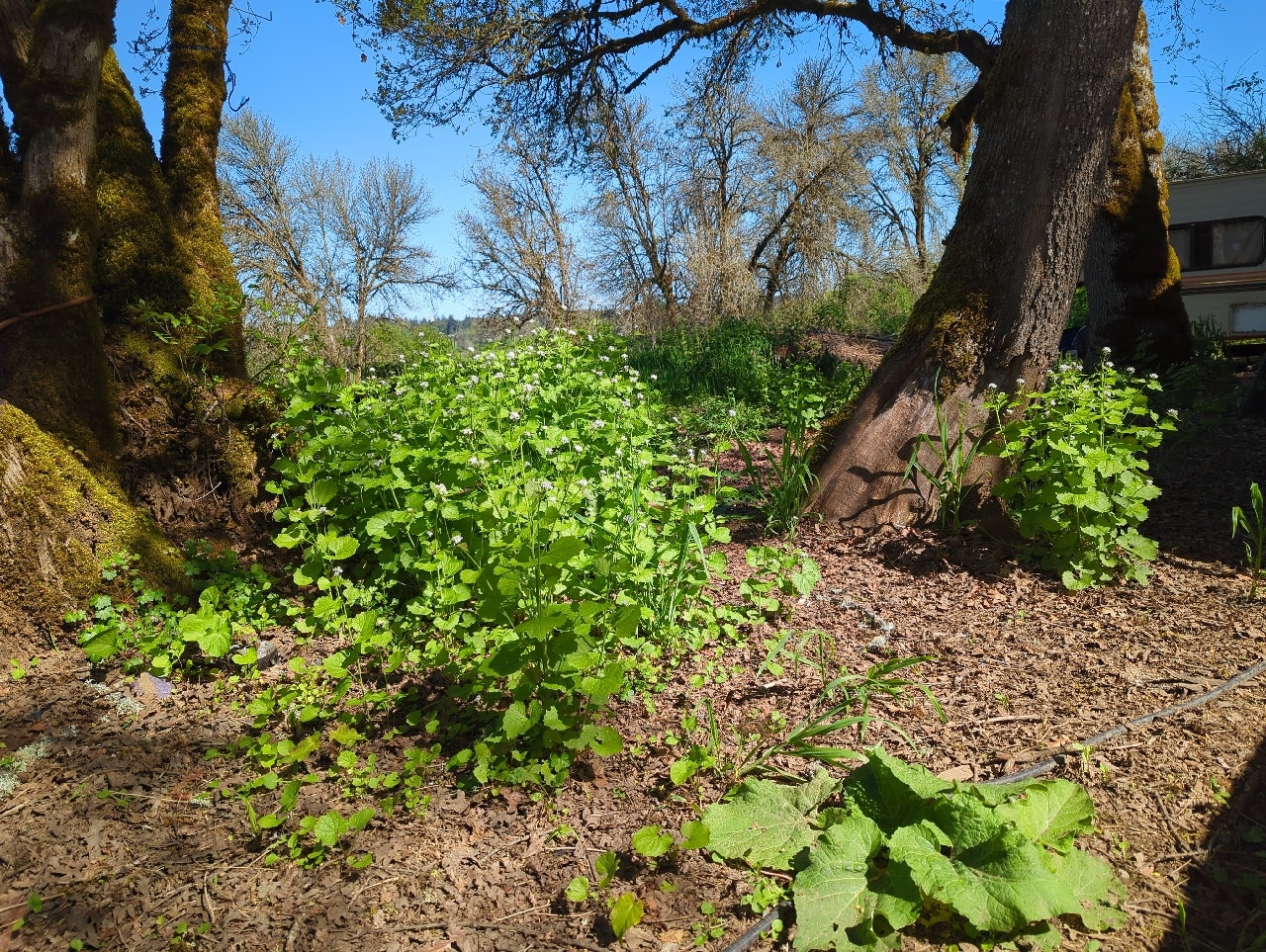Columbia County: Partnerships and Priorities
In February 2024, the Columbia SWCD was awarded funding to continue its partnerships with local organizations to address natural resource concerns in Columbia County. These partnerships focus on collaborative projects, including riparian restoration, invasive species management, and agricultural water quality improvements.
Location: Various sites throughout Columbia County.
Partners: Columbia County, City of St. Helens, City of Scappoose, Port of Columbia County, Scappoose Bay Watershed Council (SBWC), Oregon Department of Agriculture (ODA), Oregon Department of Forestry (ODF), Oregon Department of Transportation (ODOT), Oregon State University (OSU) Extension Office, Private Citizens/Volunteers
Grantor: Oregon Watershed Enhancement Board (OWEB)
Application Type: ODA Noxious Weed Grant
Awarded Grant Funding: $49,962
Total Cost of Project: $78,995
Project Timeframe: February 2024 - April 2025
The Columbia SWCD, in collaboration with various partners, has undertaken several projects aimed at improving the ecological health of Columbia County. These initiatives include the control of noxious weeds, enhancement of riparian habitats, and the promotion of sustainable agricultural practices. The partnership leverages the strengths of each organization to achieve shared conservation goals, ensuring that both public and private lands are managed effectively.
Key Initiatives:
- Riparian Restoration: Efforts to restore riparian zones by planting native species, stabilizing stream banks, and enhancing wildlife habitats.
- Invasive Species Management: Targeted control of invasive plant species that threaten local ecosystems, including the use of mechanical, chemical, and biological methods.
- Agricultural Water Quality: Implementation of best management practices (BMPs) to reduce runoff, enhance soil health, and improve water quality on agricultural lands.
Outcome:
The projects will result in improved water quality, healthier riparian habitats, and reduce prevalence of invasive species. The collaboration has also strengthened relationships between local agencies and landowners, fostering a community-oriented approach to conservation.


































